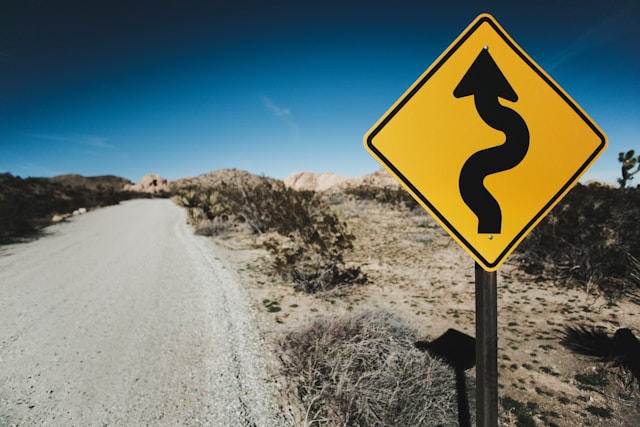
Road signs are a crucial part of directing traffic and keeping drivers safe. Misinterpreting a sign’s meaning can result in a car accident or injury.
Regulatory road signs are black and white and convey imperative instructions or prohibitions for drivers. Colored road signs guide services or locations of interest, such as hospitals, restaurants, and tourist attractions.
Speed Limit Signs
Black and white regulatory road signs Washington indicate the maximum speed limit on freeways, limited access highways, and other major roadways. By indicating the legal limit, they encourage all drivers to stay within it, decreasing accidents and making roads safer for everyone.
The color yellow on a sign indicates a warning, such as “SLOWER THAN SPEED LIMIT.” It’s essential to read this and adjust your driving speed accordingly.
RED TRAFFIC AHEAD means there’s a traffic signal ahead, and you may not be able to see it because of a curve, hill, or line of vehicles in front of you. Slow down and be prepared to stop if necessary. Other common warning signs include:
Stop Signs
The octagon-shaped stop sign is among the most recognized and significant traffic signs worldwide. Yet many drivers need to acknowledge them or acknowledge their meaning. This results in unsafe driving conditions at intersections.
Stop signs communicate expectations to drivers, establish right-of-way principles, slow traffic, and enhance pedestrian safety. They also reduce speed and promote compliance with other road traffic rules and regulations.
Stop signs’ distinct shapes, colors, and markings create instant recognition, allowing drivers to anticipate what will happen and react accordingly. However, a driver’s ability to see these signs depends on the weather and physical condition of the road. It is essential to start slowing down well before the location of the stop sign. This controlled deceleration gives you time and distance to come to a complete stop before proceeding through the intersection.
Lane Change Signs
The lane change sign, often a yellow pennant-shaped one, warns drivers that they cannot pass vehicles in the same direction. This lane control is used to prevent collisions and ensure smooth traffic flow. It’s common for these lane changes to occur near intersections.
This road sign features an image of a pedestrian to alert drivers that people may be crossing the roadway nearby. This is especially important in areas where deer frequently move into the roadways.
Yield Signs
Narrowing Signs
As drivers, we must be able to identify road signs quickly and accurately, especially when they’re posted in an environment that requires our immediate attention. This is a challenge when traveling at what may be high speeds.
The colors and shapes of road signs act as instant communication, conveying specific warnings or regulations. For example, a diamond-shaped sign warns drivers of special conditions or hazards that might affect the roadway ahead. A pennant-shaped sign exclusively denotes a no-passing zone on two-way roads, and an octagon shape instantly conveys the need to stop.
Rectangular sharp curve ahead signs alert drivers to slow down considerably before reaching a road’s extreme angle. Also, a center lane turn-only placard advises that the left side of the road is reserved for vehicles making a left turn and not through traffic.
Wet Weather Signs
You should slow down if you see this sign during poor driving conditions. Wet roads are slippery and threaten your ability to control your vehicle. If you swerve to avoid a wet spot, your car could end up skidding and going off the road.
Different color signs convey information about roadway hazards, rules, and conditions. Red signifies regulatory signs you must obey, such as STOP, YIELD, and DO NOT ENTER. Yellow indicates warning signs that alert you to conditions on the roadway, such as pedestrian crossings and school zones.
Green indicates guide signs, such as those showing the direction of your destination. Brown indicates services and sites of historical and cultural interest. Rectangular shapes typically indicate regulatory or warning signs, while diamond-shaped ones signal an exceptional circumstance ahead.





More Stories
Understanding the Importance of Regular Electrical Maintenance in Homes
The Evolution and Impact of Graphic Design in Business Communications
Ways Machine Vision Integration Can Revolutionize Manufacturing